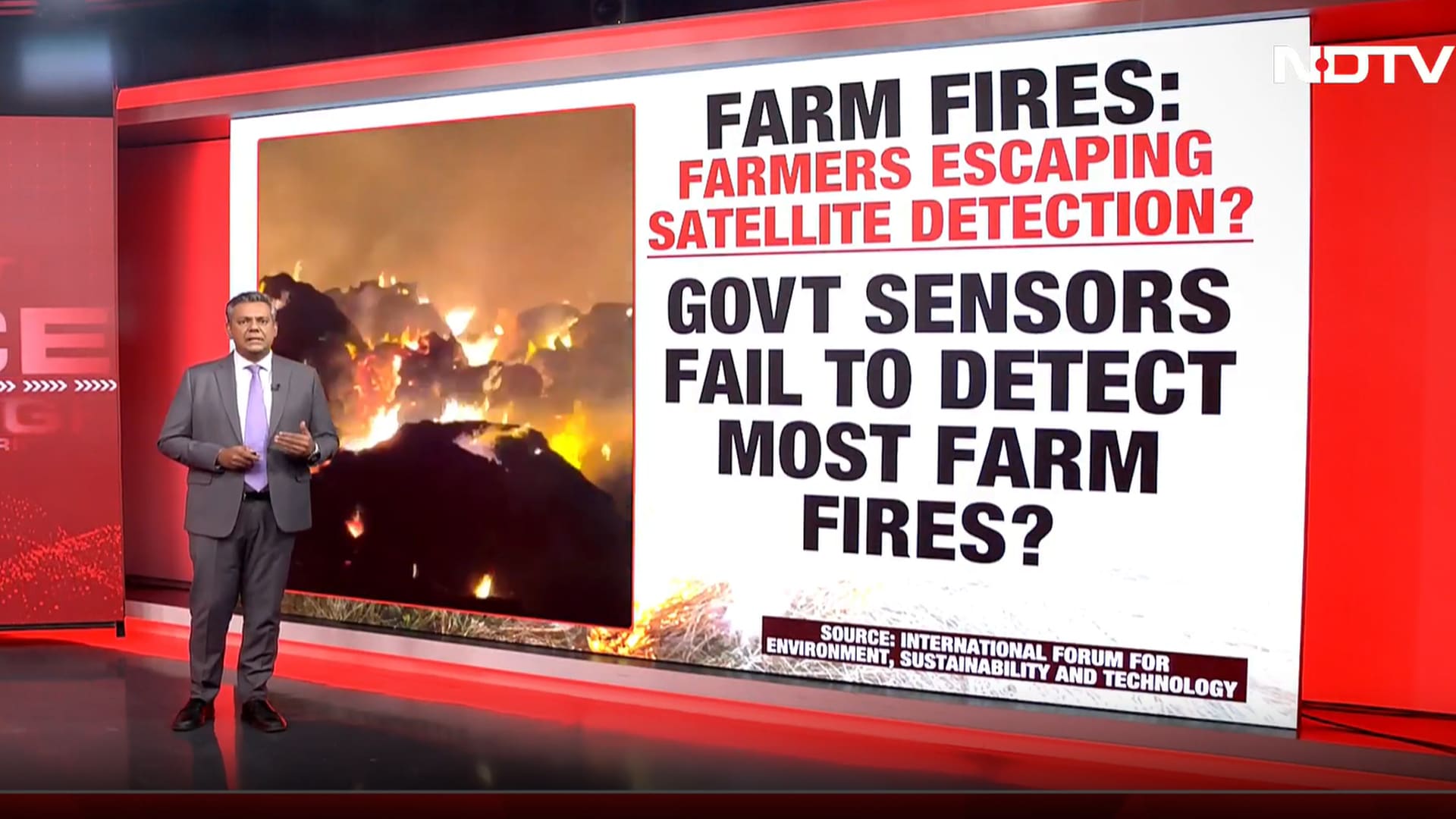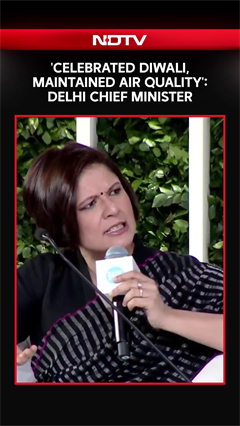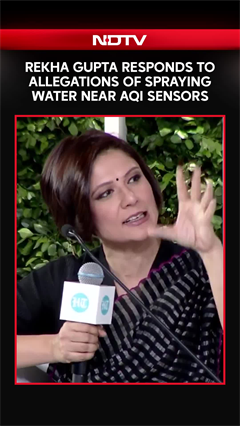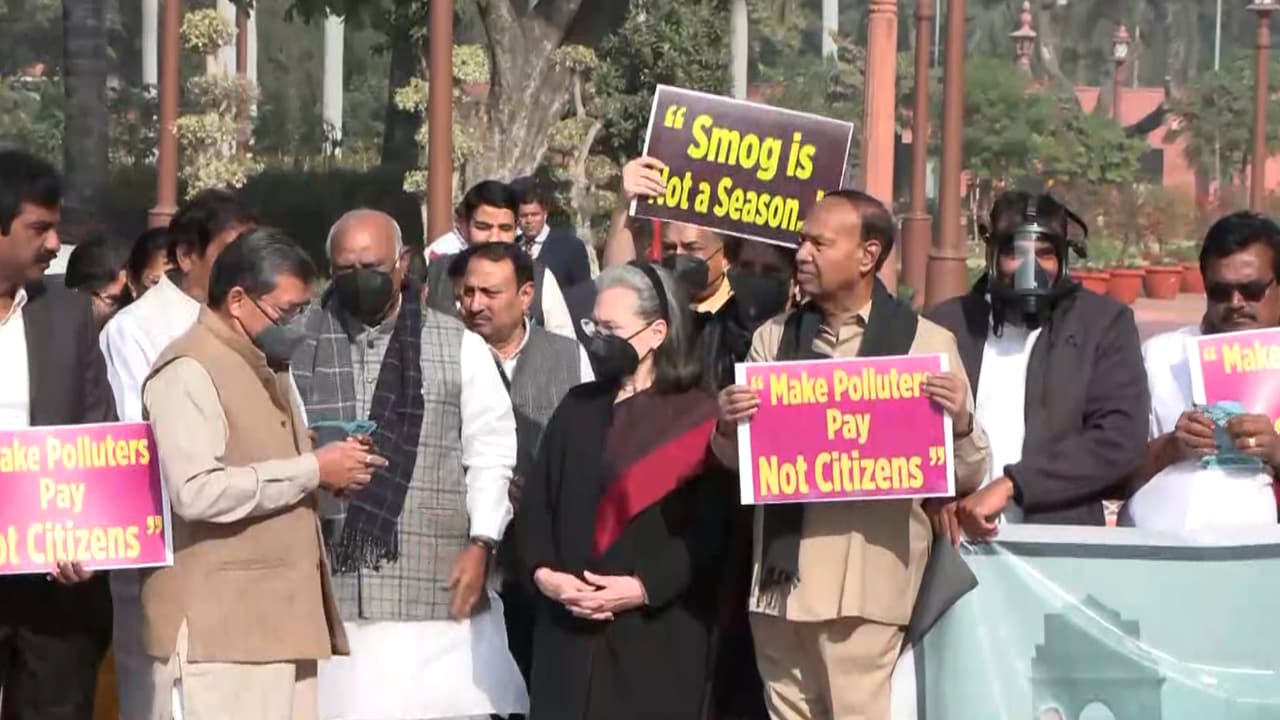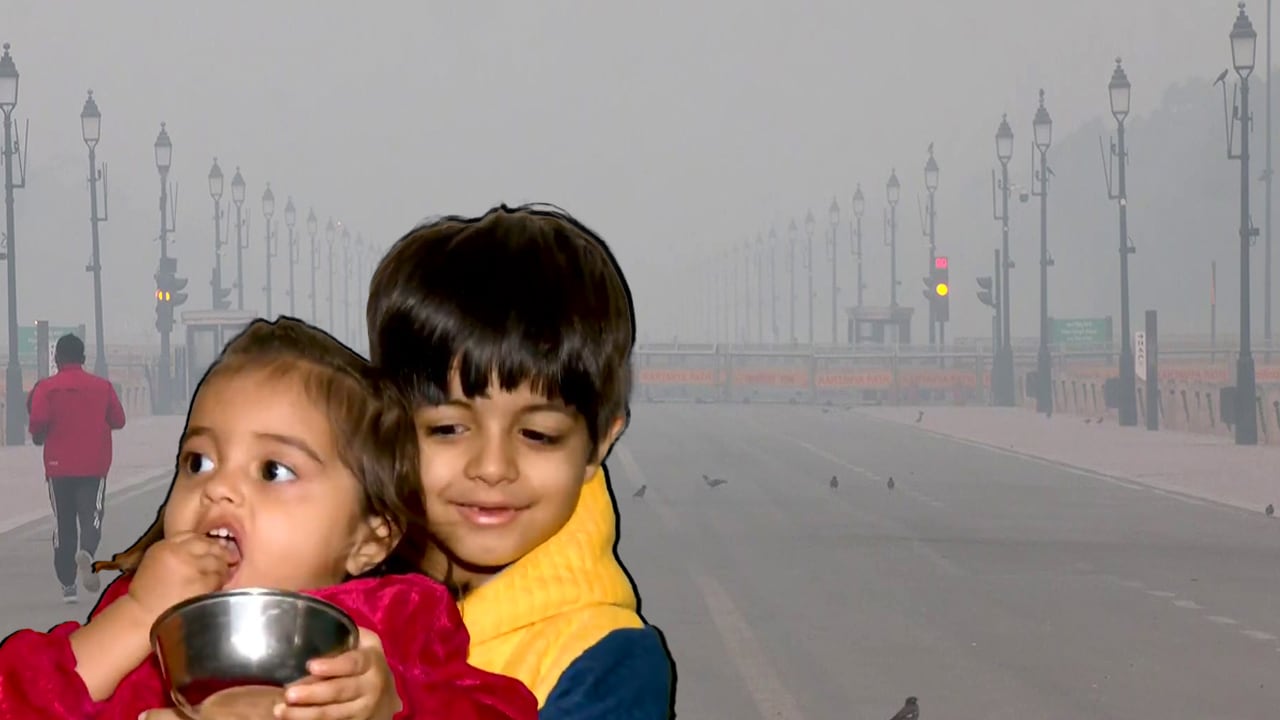- Home/
- Electric Trains Revolutionise California's Air Quality, Cutting Toxins By 89%
Electric Trains Revolutionise California's Air Quality, Cutting Toxins By 89%

A new study published in Environmental Science and Technology Letters has revealed that switching from diesel to electric trains on the San Francisco Bay Area's Caltrain commuter rail line has dramatically improved air quality. The research found that riders' exposure to black carbon, a known carcinogen, decreased by an average of 89%.
The electrification of the Caltrain system also resulted in a significant reduction in ambient black carbon concentrations within and around the San Francisco station.
"The transition from diesel to electric trains occurred over just a few weeks, and yet we saw the same drop in black carbon concentrations in the station as California cities achieved from 30 years of clean air regulations," said study senior author Joshua Apte, a professor of environmental engineering and environmental health at the University of California, Berkeley. "It really adds to the case for electrifying the many other rail systems in the US that still use old, poorly regulated diesel locomotives."
Caltrain operates the busiest commuter rail system in the western US, carrying millions of passengers a year along its 47-mile route between San Francisco and San Jose. Over the course of six weeks in August and September 2024, the system retired all 29 of its diesel locomotives and replaced them with 23 new electric trains. The debut of the new trains was the culmination of a $2.44 billion modernisation and decarbonisation project that first launched in 2017.
Apte, an expert in air quality monitoring, was inspired to pursue the study after visiting a Caltrain station in August 2024, when the very first electric trains were being introduced.
"I was stunned at how much the station smelt like diesel smoke and how noisy it was from the racket of diesel locomotives idling away at the platforms, dumping smoke out into the community," Apte said. "A light bulb went off my head - I realised this would all be going away in a few weeks."
After securing the support of Caltrain, Apte and study lead author Samuel Cliff quickly mobilised, installing black carbon detectors at Caltrain stations and carrying portable air quality detectors aboard the trains. For four weeks, they tracked the rapid improvements in air quality as old diesel locomotives were replaced by new electric trains.
"A lot of these transitions happen pretty slowly. This one happened in a blink of an eye," Apte said. "We had the unique opportunity to capture the ancillary public health benefits."
According to Apte and Cliff's calculations, the reduction in black carbon exposure achieved from Caltrain's electrification cut excess cancer deaths by 51 per 1 million people for riders and 330 per 1 million people for train conductors.
also read
'Need To Align Policy With Health-Based Science': Experts On Air Quality Standards
Reported by Shreya GhoshWorld Bank Approves $305 Million For Haryana's Clean Air Project
Press Trust of IndiaIndia Sets Own Air Quality Standards, Global Rankings Not Official: Centre
Reported by Shreya Ghosh, Edited by Srishti Kapoor
Latest Stories
- Reported by Shreya Ghosh | Thursday December 11, 2025
In a move critics are calling a calculated deflection, the Union government has doubled down on its stance that World Health Organization (WHO) air quality guidelines are merely "guidance documents" and not enforceable rules.
- Press Trust of India | Thursday December 11, 2025 , Chandigarh
The World Bank has approved a financial assistance package of USD 305 million for the Haryana Clean Air Project for Sustainable Development (HCAPSD), a flagship initiative aimed at transforming Haryana into a pollution-free state by 2030.
- Reported by Shreya Ghosh, Edited by Srishti Kapoor | Thursday December 11, 2025
The Ministry clarified that it has notified National Ambient Air Quality Standards for 12 pollutants in 2009 to protect public health and the environment, and these standards are tailored to India's specific conditions.
- Written by Jigyasa Kakwani , Edited by Shubham Bhatnagar | Thursday December 11, 2025
Tandoori dishes are a staple of Delhi's dining and evening snack culture, especially across neighbourhood markets and street-side stalls.
- Press Trust of India | Wednesday December 10, 2025 , New Delhi
Amid high pollution levels in the capital, the Delhi Pollution Control Committee (DPCC) has issued directions mandating a strict ban on the use of coal and firewood in tandoors across all hotels, restaurants and open eateries in the city.
................................ Advertisement ................................
Latest Videos
Opinion
Blog | Well Done, Delhi. You've Turned Lung Sacrifice Into A Badge Of HonourSaikat Kumar Bose
Monday November 10, 2025Till some years back, Delhiites would ask angry questions to those in power about the capitals annual tryst with toxic air. This has changed. Those in the driving seat dont see the need to answer now.
Opinion | Why Indians Have Just Given Up On Air Pollution CrisisTanushree Ganguly
Friday December 20, 2024While some may argue that people in Delhi are now more aware of air pollution than they were a decade back, my rebuttal would be that awareness does not mean that people are concerned.
Opinion | You Must Outrage Over Filthy Air More Than Once A YearJyoti Pande Lavakare
Tuesday December 10, 2024Delhi welcomed us with monsoon rains and mangos. We were home. Fast forward a couple of years, in the winter of 2012, I found myself in denial about something other parents, mostly expats, were calling toxic air.
Opinion | Delhi's Air Pollution Situation Is Like A Bad MarriageNishtha Gautam
Friday November 22, 2024On a good day, such as today, the AQI reading in Delhi is 407. We are jubilant at the sickly sunshine trickling through the slightly dissipated smog. At least its not 1600.
दिवाली... पराली... सियासी जुगाली!Ashwini kumar
Monday November 18, 2024दिल्ली-एनसीआर में प्रदूषण का समाधान तो आज तक मिला नहीं. हर साल चिंतित होकर हम-आप सांसों की तकलीफ के साथ-साथ दिल और ब्लड प्रेशर के मरीज भी क्यों बनें?








